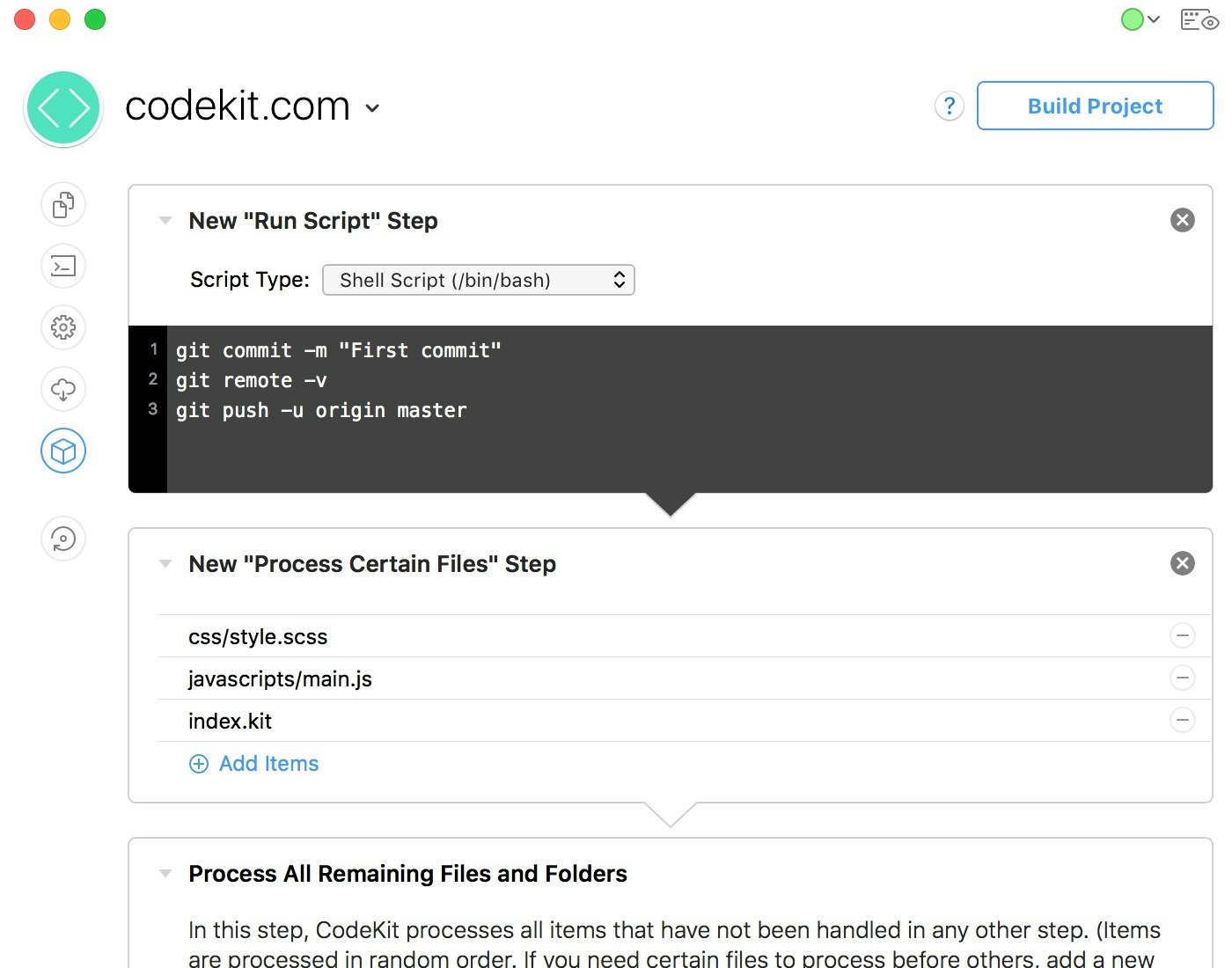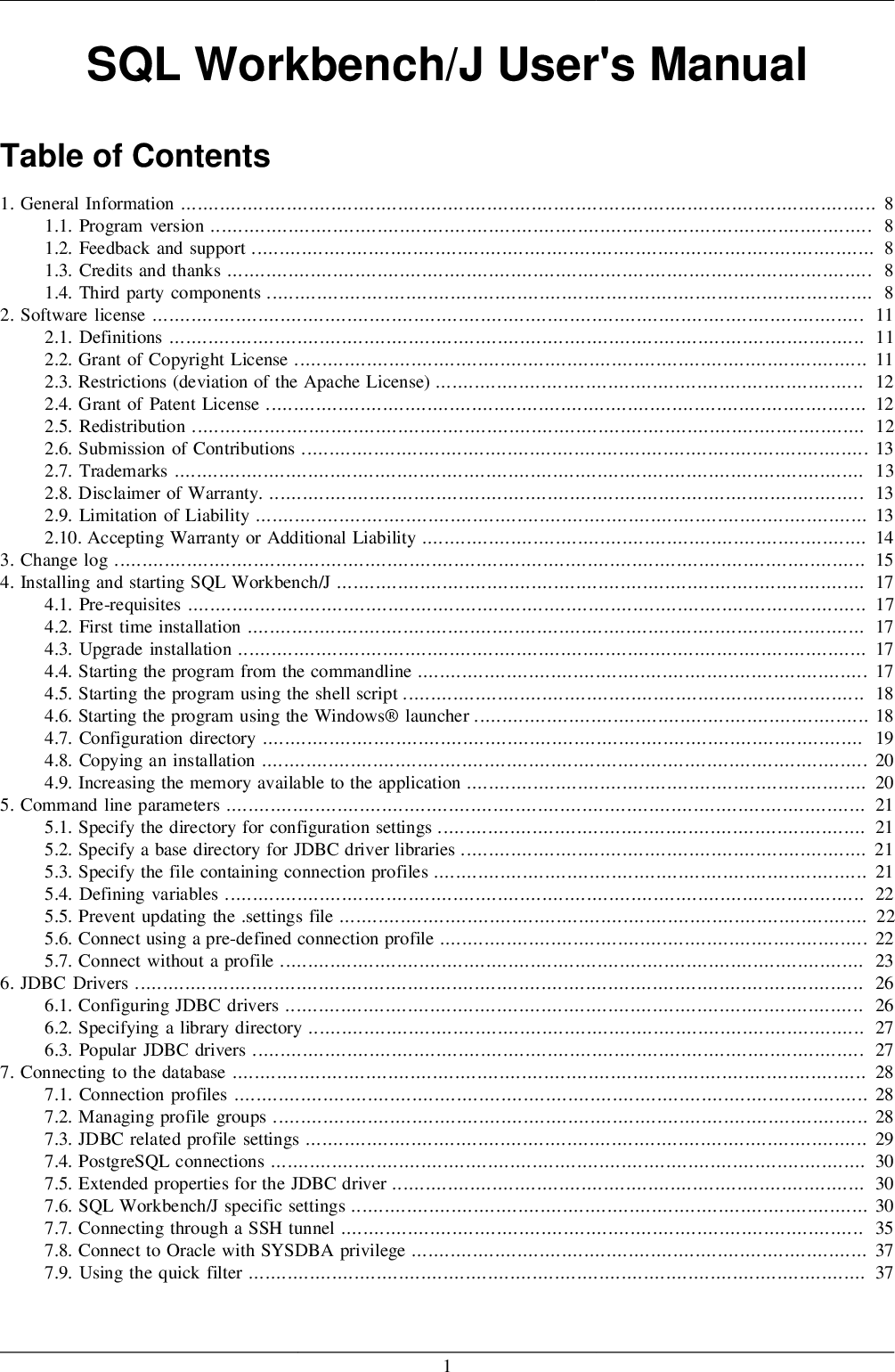

- CONFIGURE BRACKETS WITH CODEKIT HOW TO
- CONFIGURE BRACKETS WITH CODEKIT INSTALL
- CONFIGURE BRACKETS WITH CODEKIT CRACK

Once, you’ve got a GUI compiler installed, come back and learn about all the great features that Sass has to offer.
CONFIGURE BRACKETS WITH CODEKIT CRACK
The GUI compilers do the same thing as the command line, but you’ll never have to crack open terminal.
CONFIGURE BRACKETS WITH CODEKIT HOW TO
If you don’t want to bother with the command line process of using Sass, then read this short article about how to set up a GUI Sass compiler. What if you’ve never used Ruby or don’t understand the command line? How can you use Sass without learning all of the developer stuff? GUI Sass compilers This leads us to the second problem, Sass has a dependency on the Ruby language.
CONFIGURE BRACKETS WITH CODEKIT INSTALL
Going to the Sass site, the instructions are to install this thing called a ‘Ruby Gem’? A Ruby Gem is a library of code that is needed to perform an operation. The first problem a newcomer to Sass encounters is that Sass is not a commonly supported language it needs to be installed. Many of the examples you will see on other sites tend to favor the SCSS syntax and it is quickly becoming the default syntax for Sass as a whole. To many, this is the official gateway to the language. This is important because now you can simply take any CSS file like foo.css, rename to foo.scss and instantly take advantage of the power of Sass without having to reformat your legacy code. Unlike Sass, SCSS is delimited by, curly brackets( ), colons( : ), and semi-colons( ). SCSS, or ‘Sassy CSS’, has all the same features as the Sass syntax and directly supports vanilla CSS. Seeing this as a real language adoption issue, Sass’ core development team decided to introduce the SCSS syntax. Sure, there were syntax converters, but for a long time these were only available in the command line. The main problem is the huge gap between standard CSS syntax and Sass, so converting a whole library of CSS files to Sass was, at times, a mountain of work. Many users had issue with this lightweight syntax. It is the return that separates one declaration from another, unlike the semi-colon( ) that is needed in CSS. Only a colon( : ) is needed to separate a property from it’s value. A return and soft tab (two spaces) are what separate a selector from it’s declaration. The original syntax, foo.sass is a white space delimitated syntax that is more lightweight then the standard CSS syntax. Sass has two syntaxes, one for foo.sass and one for foo.scss. Sass is processed into CSS, similar to the way that CoffeeScript is processed into JavaScript Meaning that the Sass documents cannot consumed by the browser, but need to be processed into another language that can. These are all important questions to consider when integrating a new language into your development stack. How does it work? Why do some say that it is better then CSS? How can I integrate it into my design/development process? What are the benefits? What problems does it solve? Do I have to be a Rails developer to use Sass? Etc … I can also assume that Sass is somewhat of a mystery to you as well. If you are reading this article, I can assume that you have in one way or another heard of or, through a colleague, have come in contact with Sass.


 0 kommentar(er)
0 kommentar(er)
